Potala Palace
Altitude of Potala Palace: 3750 meters
Brief Introduction of Potala Palace
The Potala Palace is billed as“The Pearl on the Roof of the World”,the hallmark of Lhasa and the Qinghai-Tibet Plateau.Thirteen storeys of buildings, containing over 1,000 rooms, 10,000 shrines and about 200,000 statues, soar 117 metres (384 ft) on top of Marpo Ri, the "Red Hill", rising more than 300 metres (980 ft) in total above the valley floor. It harbours volumes of scriptures and historical documents and many store rooms for housing precious objects, handicrafts, paintings, wall hangings, statues, and ancient armour. On the other hand, the invaluable library and artistic treasures accumulated over the centuries in the Potala have been preserved.
The Potala Palace was inscribed to the UNESCO World Heritage List in 1994.
The site on which the Potala Palace rises is built over a palace erected by Songtsen Gampo on the Red Hill. Lozang Gyatso, the Great Fifth Dalai Lama, started the construction of the modern Potala Palace in 1645 after one of his spiritual advisers, Konchog Chophel (died 1646), pointed out that the site was ideal as a seat of government, situated as it is between Drepung and Sera monasteries and the old city of Lhasa.
Scenic spots around the Potala Palace
The Potala Palace is built on the Red Hill, the holy hill in the center of Lhasa.Barkhor street and Jokhang temples are less than 3 kilometers east of the palace. And Norbulingka, Tibet museum and Tibet library are less than 3 kilometers west of the palace. The palace square, Longwangtan park and the Chakpori mountain are all integrated with the scenery of the Potala Palace. The architecture
The central part of this group of buildings rises in a vast quadrangular mass above its satellites to a great height, terminating in gilt canopies similar to those on the Jokhang. This central member of Potala is called the "red palace" from its crimson colour, which distinguishes it from the rest. It contains the principal halls and chapels and shrines of past Dalai Lamas. There is in these much rich decorative painting, with jewelled work, carving and other ornamentation.v The lower white frontage on the south side of the palace was used to hoist two gigantic thangkas joined together representing the figures of Tara and Sakyamuni during the Sertreng Festival on the 30th day of the second Tibetan month.
Photography tips
Today, Lhasa is easily accessible by rail, road and air. In the center of Lhasa, the Potala Palace boasts different features and charms in different seasons. Whether surrounded by green trees in summer, or capped with snow in winter, the palace is always a good choice for shutterbugs.
You can take pictures in the palace from varied angles. In the “Chakpori Viewing Platform” and Lupuyan Temple, you can shoot the Potala Palace with the white tower in the foreground. From such angle, you can shoot the palace shining under the sunset glow. And in the Potala Palace squire, you can shoot the “Standard photo” of the palace .
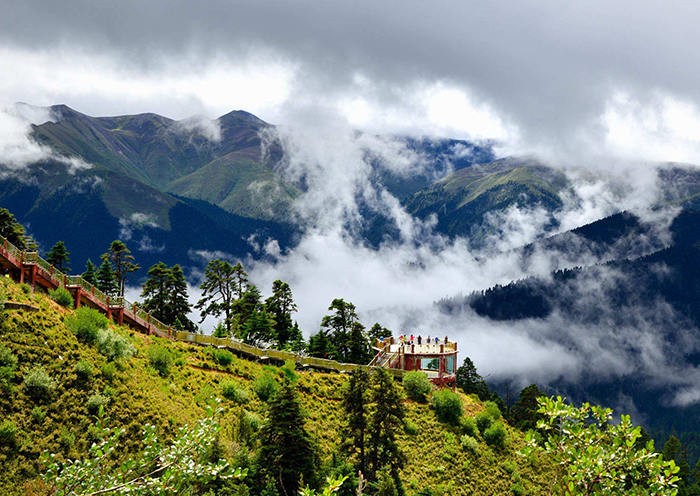
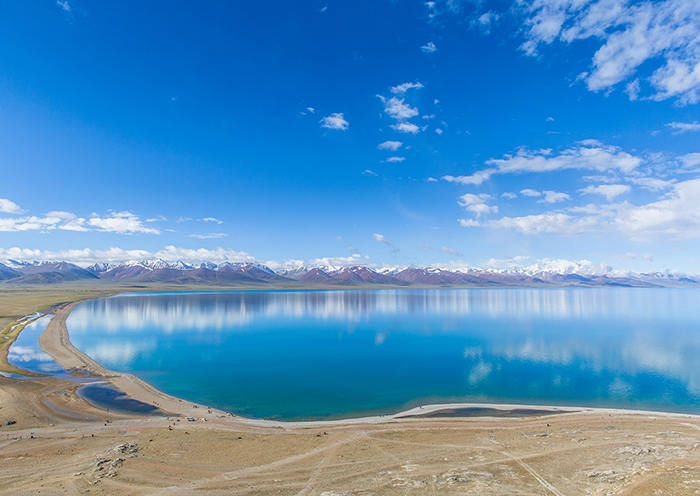
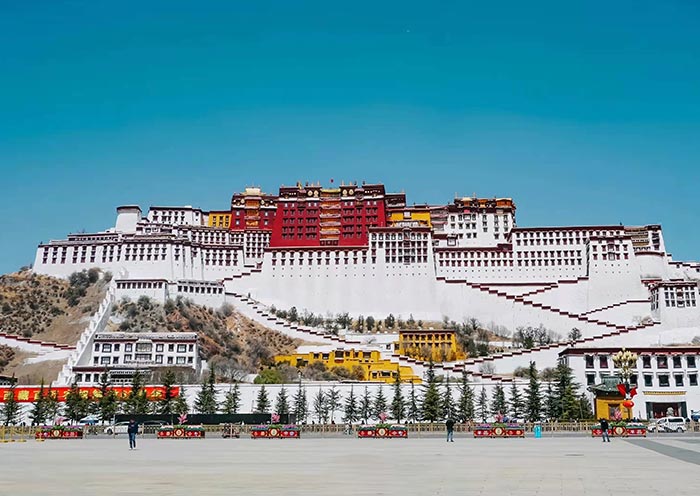
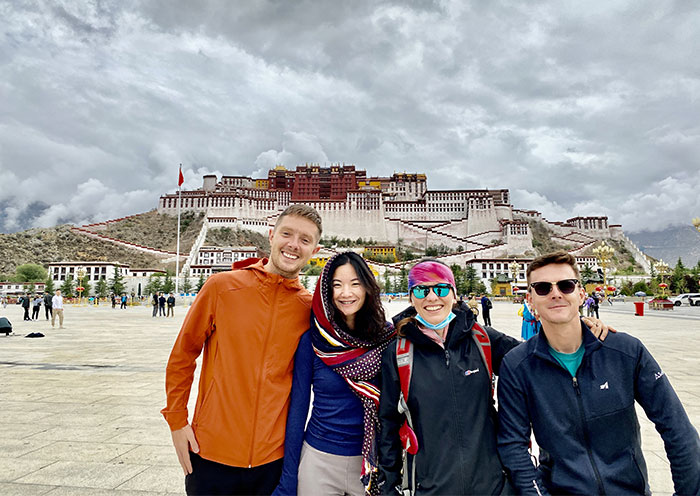
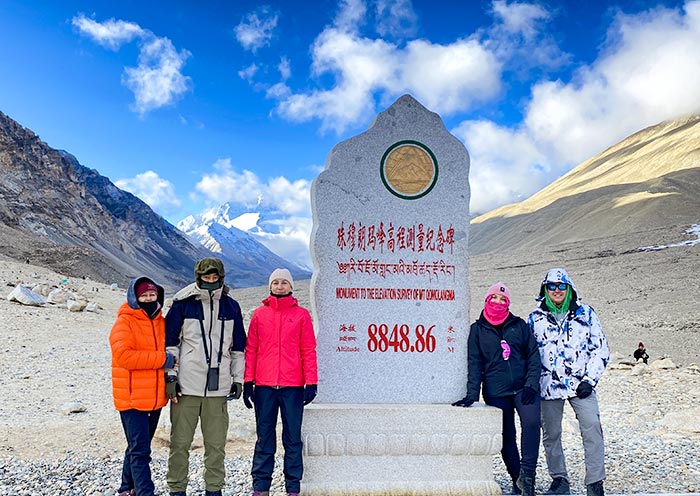

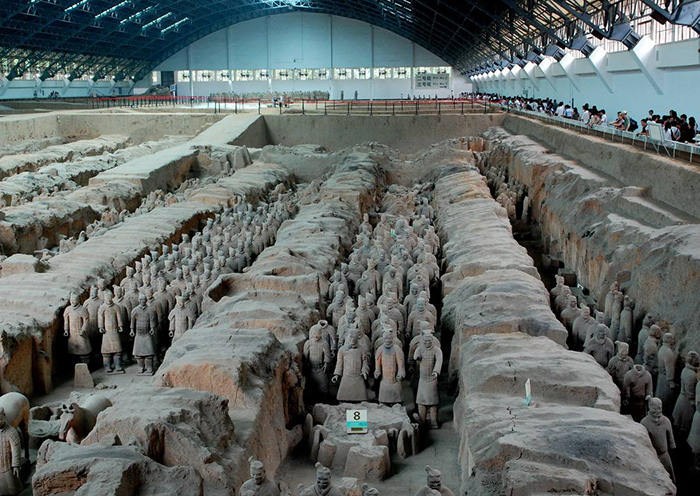
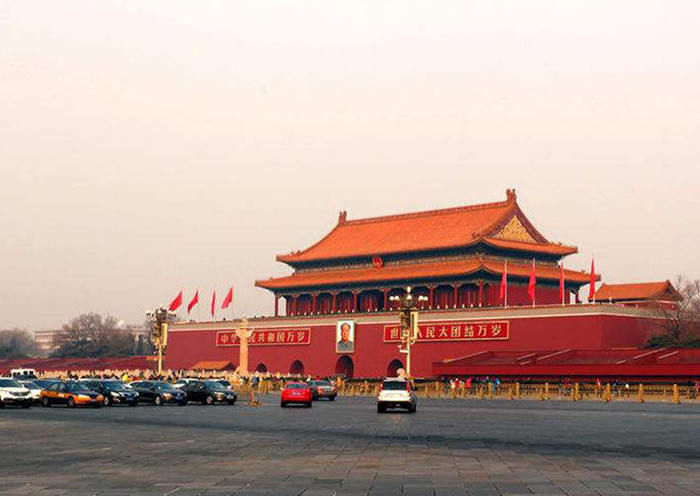
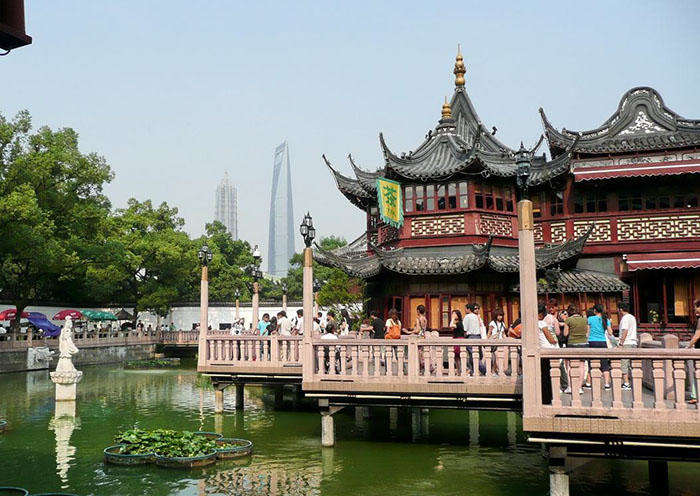
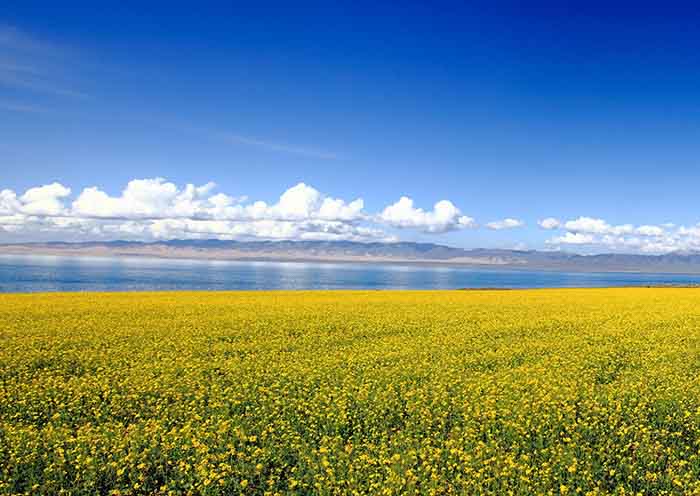
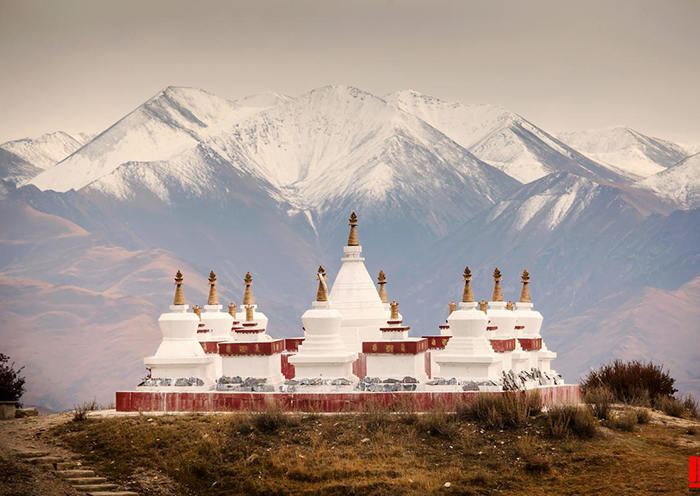
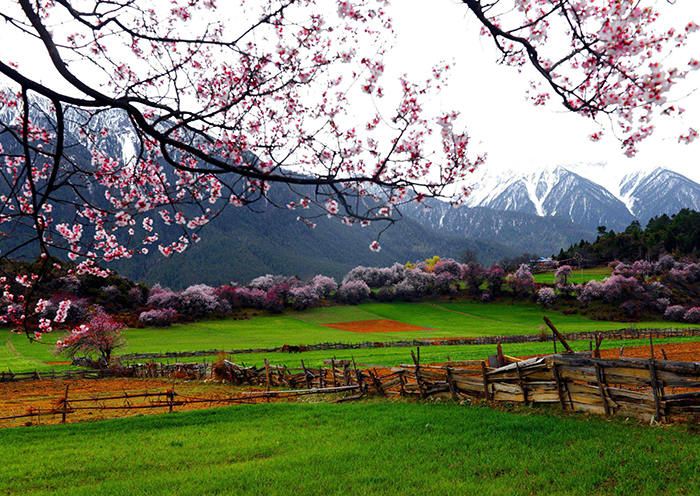
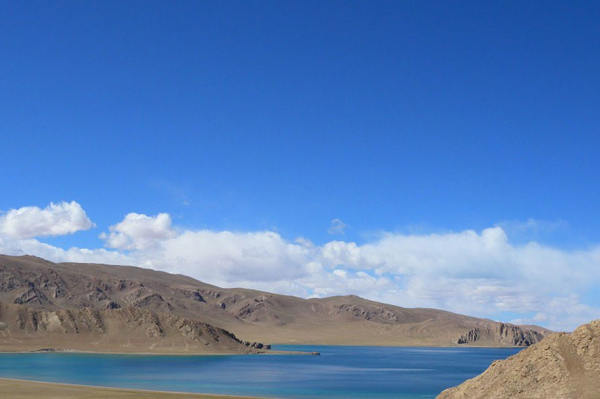
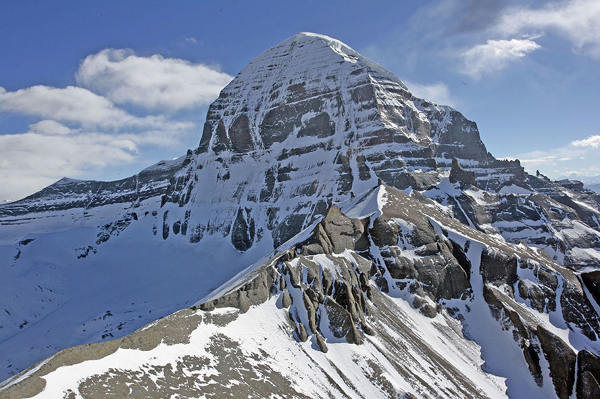
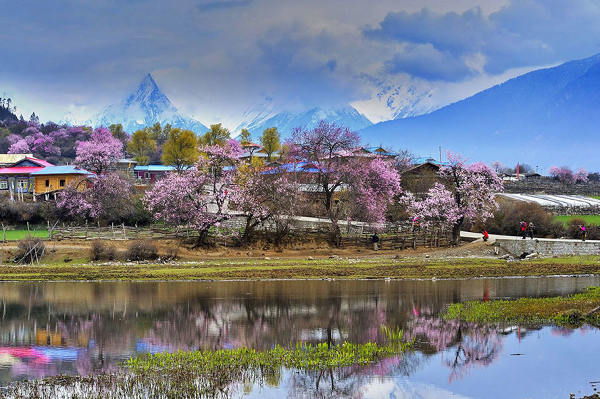
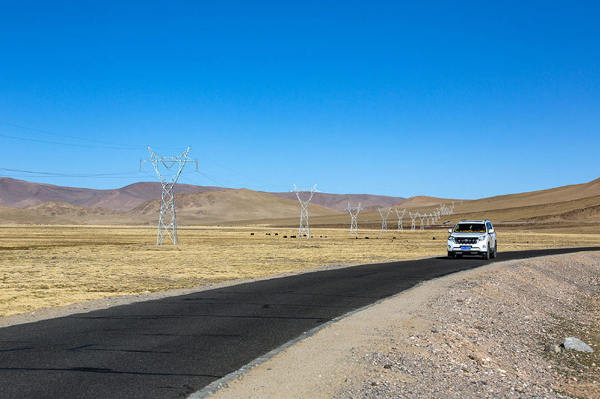

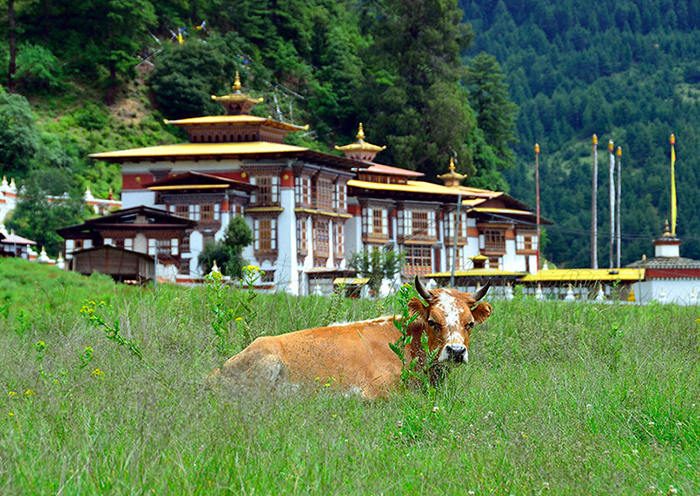
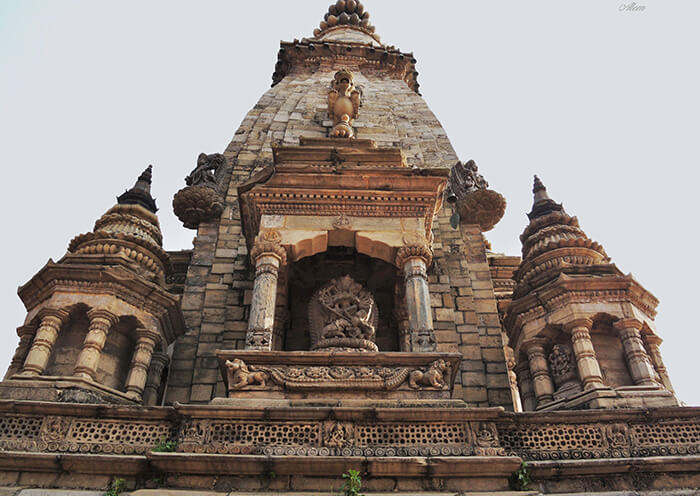
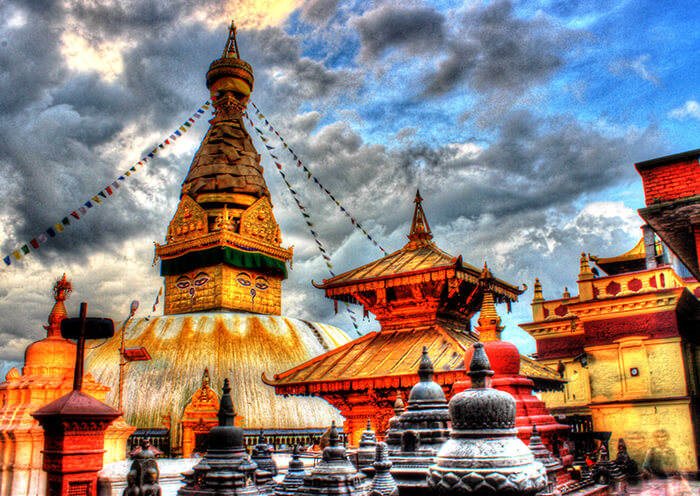


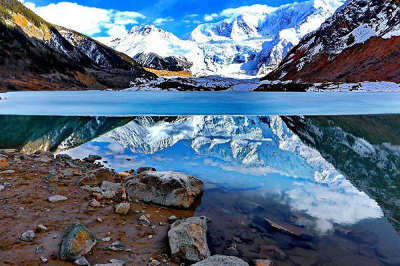
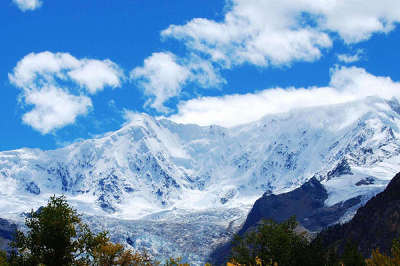
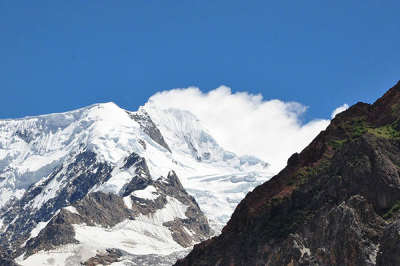

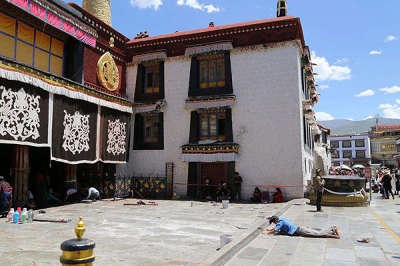
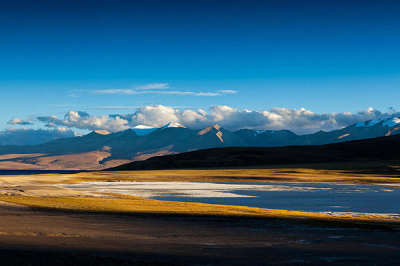
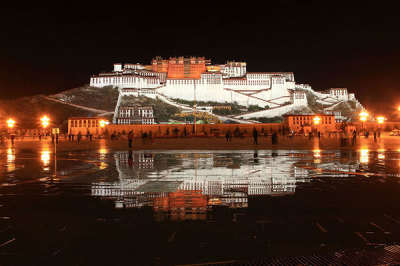


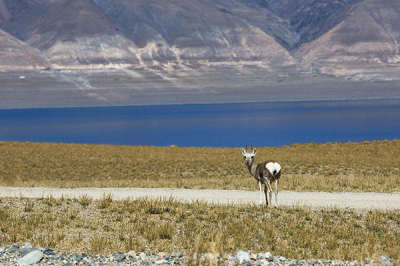


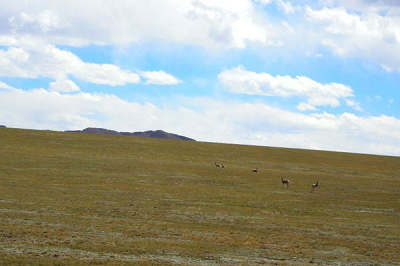
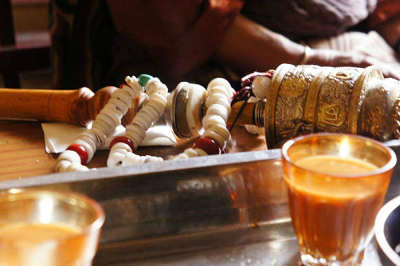
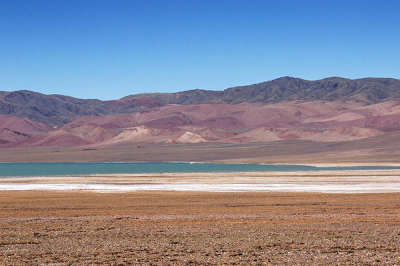
 Data in submission...
Data in submission...